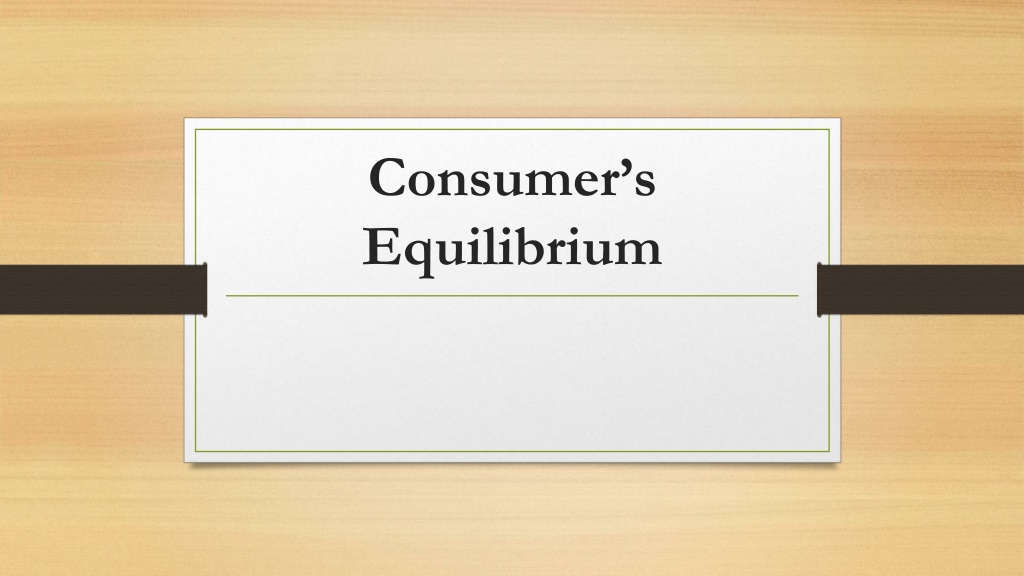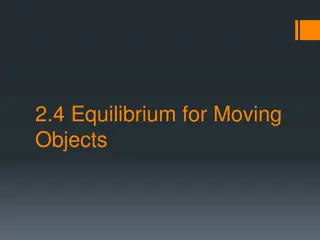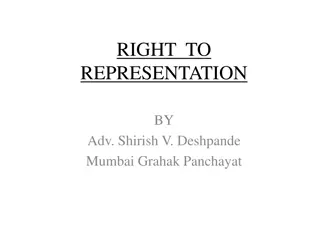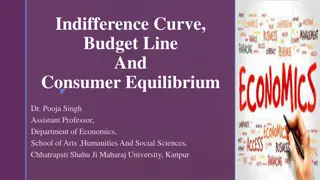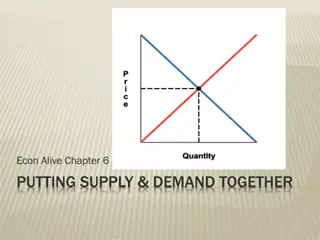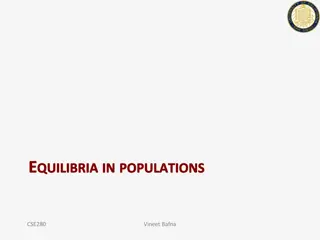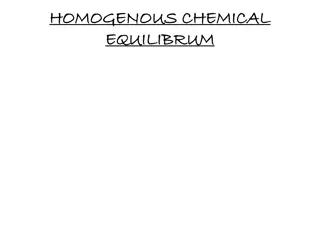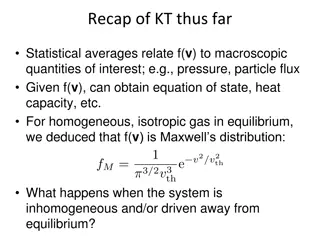Understanding Consumer Equilibrium in Economics
Consumer equilibrium refers to the point where a consumer maximizes satisfaction by spending income on commodities. In single commodity case, equilibrium is achieved when marginal utility equals price. For two commodities, equilibrium is reached when the ratio of marginal utility to price is equal. This balance ensures consumers are satisfied without changing consumption levels. Images included illustrate the concept further.
Download Presentation

Please find below an Image/Link to download the presentation.
The content on the website is provided AS IS for your information and personal use only. It may not be sold, licensed, or shared on other websites without obtaining consent from the author. Download presentation by click this link. If you encounter any issues during the download, it is possible that the publisher has removed the file from their server.
E N D
Presentation Transcript
Consumers Equilibrium
Consumers Equilibrium A situation where a consumer spends his given income purchasing one or more commodities so that he gets maximum satisfaction and has no urge to change this level of consumption, given the prices of commodities, is known as the consumer s equilibrium.
Condition of consumer equilibrium in case of a single commodity The consumer will be in the state of equilibrium when the following condition is fulfilled: The marginal utility of commodity X in terms of rupees is equal to the price of commodity X in rupees. [MUx (in ) = Px (in )] Or Mux (in utils) = Px (in ) or MU of Commodity X (in utils) = Px (in )
Consumer Equilibrium in Case of Two Commodity For a consumer to be in the state of equilibrium, the following conditions must be fulfilled: MUx/Px = MUy/Py Where, MUx= Marginal Utility of commodity X; Px= Price of commodity X MUy= Marginal Utility of commodity Y; Py= Price of commodity Y
